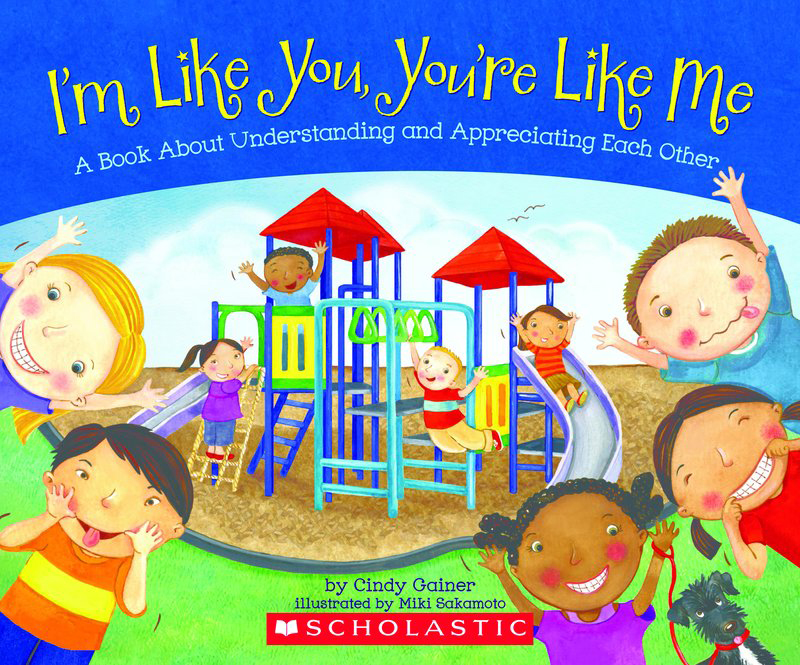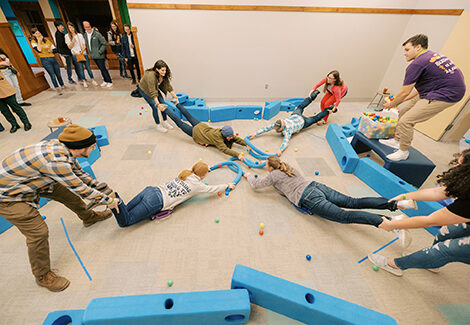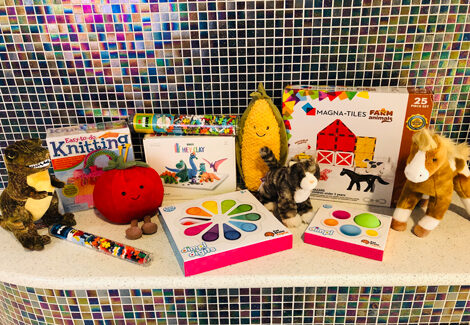All children have the right to grow up in a world where people understand and appreciate each other. Inspired by the book I’m Like You, You’re Like Me, by Cindy Gainer, this post provides insight on teaching children about understanding, appreciation, and respect for others. Children are our future. Working alongside them, we can create a better world for all. Let’s look closer at ways to foster concepts illustrated in this story with children.

Comparing
One might associate a negative connotation when comparing qualities in relationships as either good or bad. Let’s look at comparison through a different lens. How do our similarities connect us? How can are differences offer learning opportunities? Here are a few book suggestions showing effective ways to compare similarities and differences between people.
- All Kinds of Families!, by Mary Ann Hoberman
- They All Saw a Cat, by Brendan Wenzel
- We’re All Wonders, by R.J. Palacio
Acceptance
Children naturally desire relationships and connections with others. Learning to appreciate differences through acceptance helps children further understand the value others bring to their lives. Here are a few ways acceptance can be encouraged with children:
- Inviting them to imagine what it would be like to be someone else.
- Encouraging them to ask questions with the intent to learn more from others.
- Talking with them about perspective using stories such as Duck Rabbit, by Amy Krouse Rosenthal and Tom Lichtenheld.
Listening
Everyone has an outside story (one that is observable) and an inside story (one that shares your uniqueness). It’s easy to look at another person and guess what you know about them, but there’s the risk of misunderstanding. To learn more about a person you must listen to their inside story. Here are a few statements your child can use when learning about others:
- “Tell me more about yourself.”
- “Can I hear a story about your family?”
- “Can I learn more about something you like to do?”
Understanding of Self and Others
One way of helping children better understand themselves and others is through awareness. A powerful way to bring awareness to similarities and differences is through story telling. Here are a few simple prompts to start these sharing experiences.
- Tell me a story about a special day your family celebrates.
- Can you share with me a story about something you like to do?
- I’d liked to learn more about one of your favorite foods.
Kindness
Being a positive role model for kindness towards one another is key to building a child’s persona of tolerance and respect for others. It is through both actions and words that people express and receive kindness. You can help children spread kindness through:
- Volunteering in your community.
- Complimenting others with statements such as: I like how you…, You are good at…, or Thank you for…
- Random acts of kindness like opening the door for someone or baking a treat for your neighbor.
Cooperation
Learning to work together, share, take turns, and have patience are all active ingredients in the process of cooperating. With that in mind, here are some experiences where children can practice cooperation:
- Working together as a family to cook a meal.
- Inviting children to create an obstacle course that everyone can complete.
- Encouraging children to create a story together using drawing materials, puppets or dress up clothes.
I will leave you with Gainer’s final words from the book I’m Like You, You’re Like Me. “Model understanding, acceptance, and all the concepts outlined in this book. Children need to feel accepted, valued, and understood in order to learn to accept, value and understand others.”





